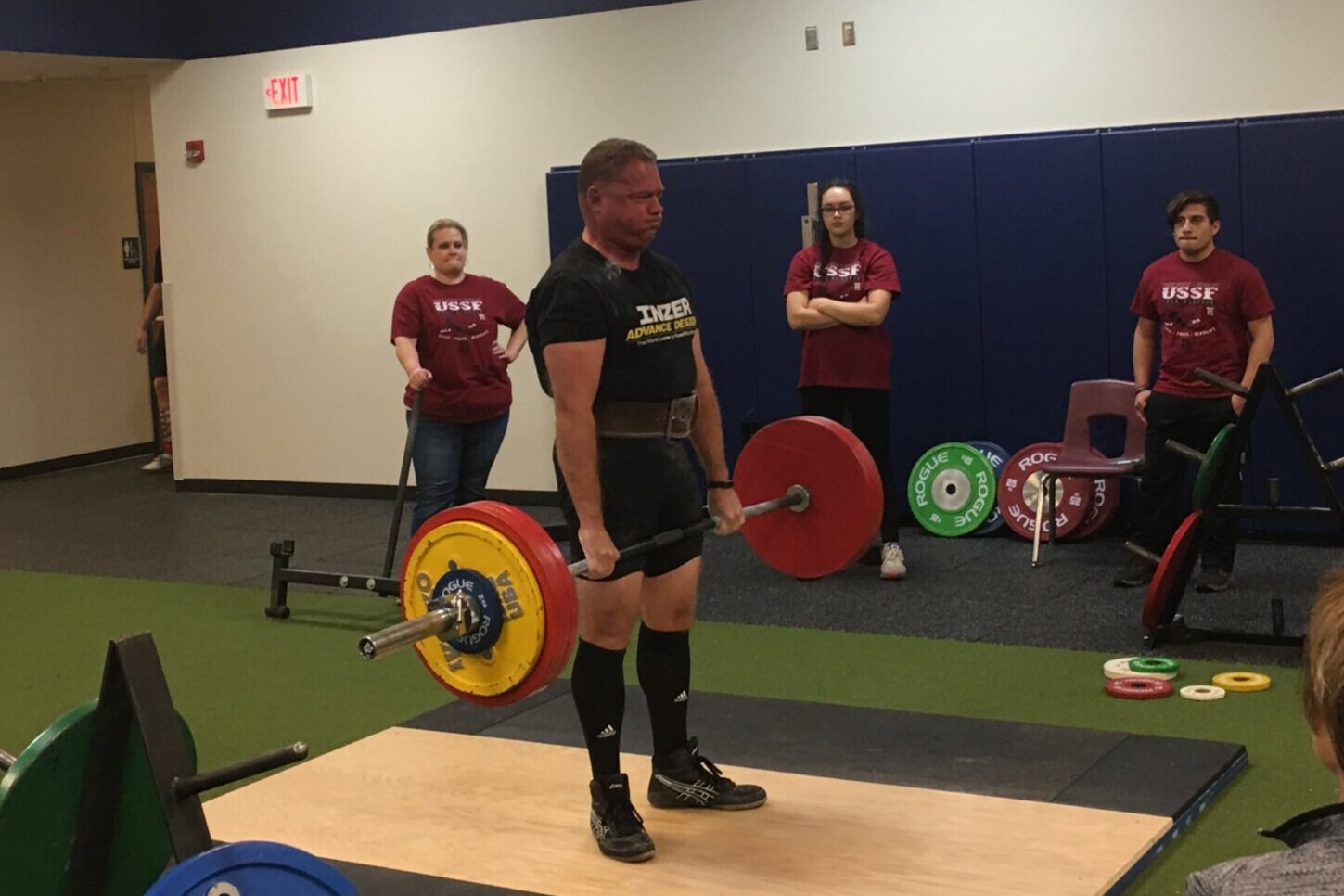You’ve been training the barbell lifts for a while now - maybe it’s a few weeks, maybe it’s a few months - and you hear about this meet coming up a few months from now. You’ve thought about entering it - just toyed with the idea, really - but you’re not going to pull the trigger. No way. When your squat/deadlift/snatch/etc. gets to That Weight, though - yeah, then you’re going to sign up. You promise. When that happens, you’ll do it.
Knock that crap off. Knock it off right now. If we had kindergartners play soccer the way we adults often think about lifting competitions, those poor kids would never play a game until they reached puberty. Maybe not even then. Fortunately, we often make better decisions for others than we make for ourselves, so instead, the kids get about two to three weeks of practice, and then it’s game time.
The time to compete is Now. Not later. If you decide to wait until you lift That Weight, you’ll be waiting forever - because once you lift That Weight, you’ll decide that it really wasn’t that impressive . . . but you’ll definitely sign up once you hit That Next Goal. Right. This never ending line of thought means you’ll never sign up for a meet, and if you never do that, you’ll miss out on so much fun. When our members sign up for and compete in their first meet, the first thing I always hear afterward is something like, “That was so much fun! I’m really glad I did this!”




